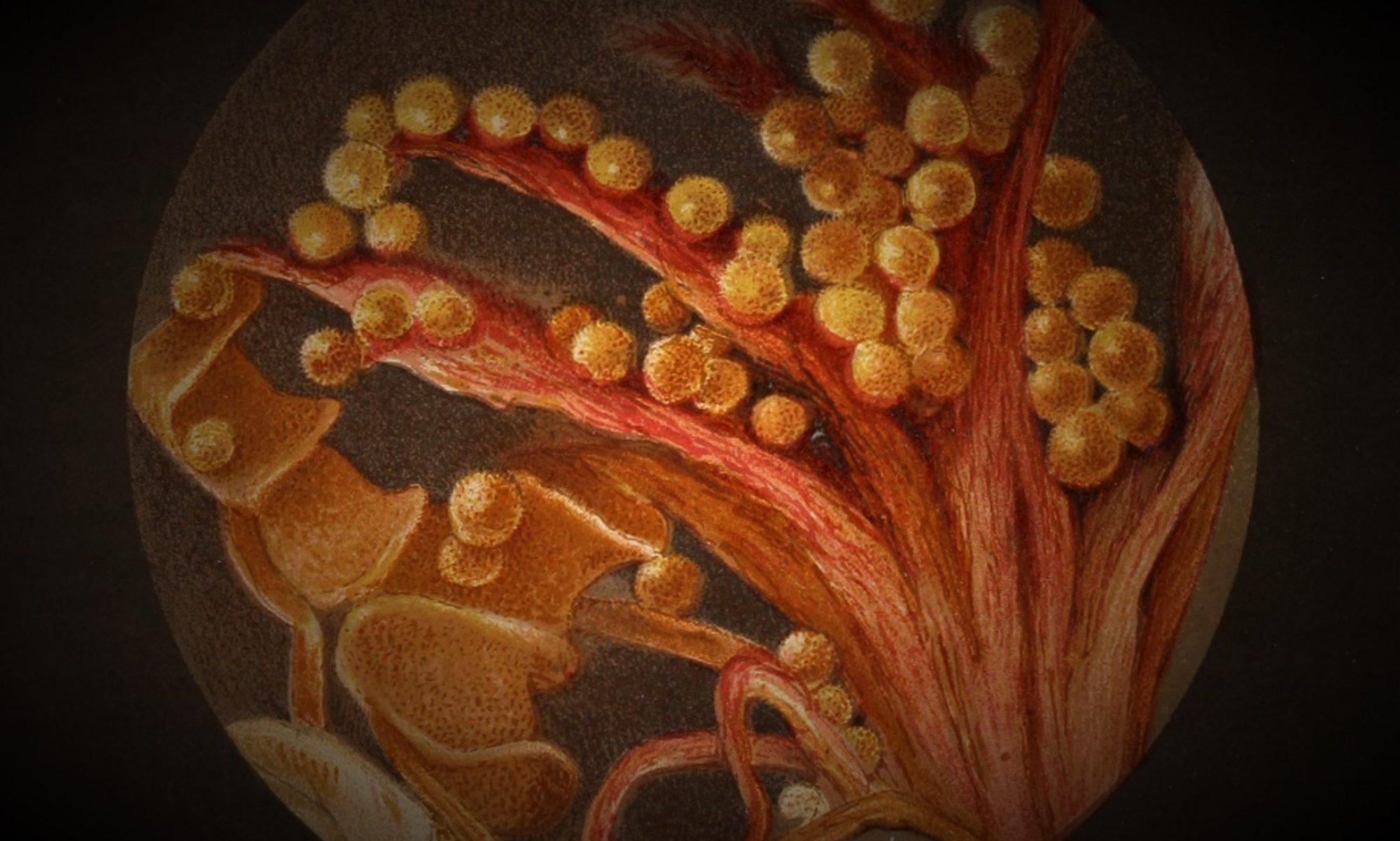The purpose of Worlds of Wonder
The mid-nineteenth century saw a rising interest in the world of the small. As microscopes became more affordable, microscopists began to establish microscopy societies, and numerous microscopy journals were launched and widely distributed. These journals, inviting their readers to contribute inquiries and observations, made it possible for geographically dispersed microscopists to work together. Often, illustrations and texts would be copied and reprinted, thus targeting several readerships at different places at the same time.
On Zooniverse, we ask you to help us identify and classify illustrations in microscopy publications, so we can trace the routes they took across Europe and America. Ultimately, we hope to better understand the formation of a very diverse scientific community – European and American microscopists – by examining the publications that connected them.
This blog will accompany our Zooniverse project. We will use it to present and discuss some of our research, share interesting finds and keep you updated about any events.
Who we are
Worlds of Wonder is embedded in the research programme Science, Technology & Society Studies (MUSTS) at the Faculty of Arts and Social Sciences (FASoS) of Maastricht University. MUSTS researchers draw on philosophical, historical, anthropological and sociological approaches to study how modern societies are shaped by science and technology and how, in turn, social and cultural factors influence science and technology.
Worlds of Wonder is part of a research project funded by the Nederlandse Organisatie voor Wetenschappelijk Onderzoek (NWO). The researchers involved in this project are Lea Beiermann, Prof. Cyrus Mody, Dr. Raf De Bont and Prof. Stefanie Gänger (Heidelberg University). You can find Lea, Cyrus and Raf on Twitter.
The digitised microscopy publications used in this project are hosted by the Biodiversity Heritage Library (BHL). Worlds of Wonder was inspired by Science Gossip, another Zooniverse project asking citizen scientists to classify illustrations, and we are indebted to their work.
